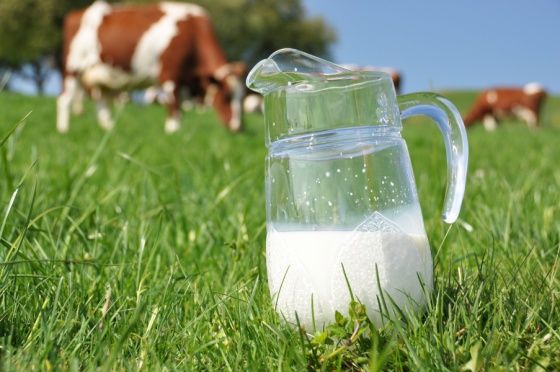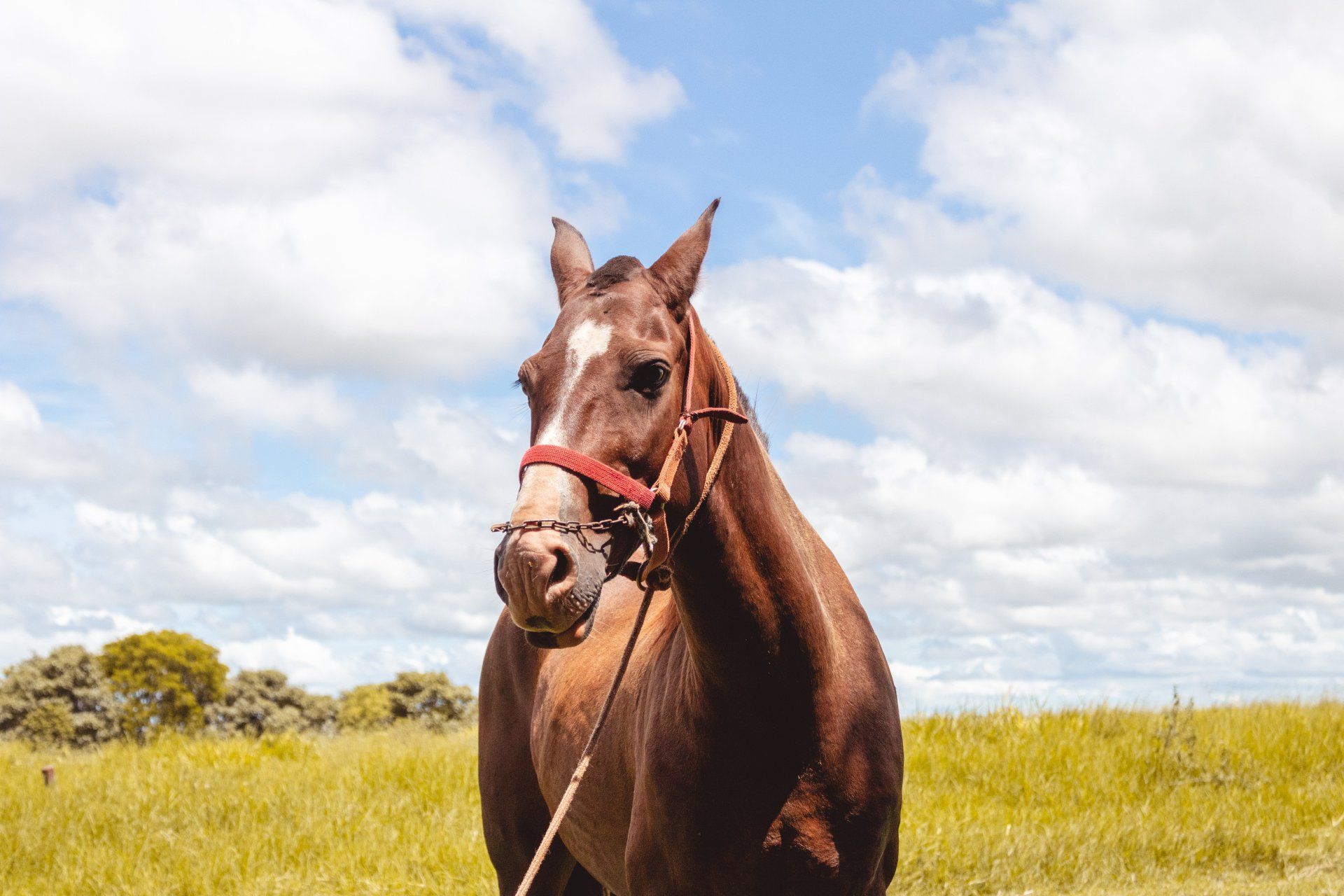Should you tighten your belt when milk prices decline?
February Bovine Health Column
Gabe Middleton DVM
It is no secret that we are in the midst of a dairy recession. Producers are trying to find ways to tighten their belts and weather the storm of low milk prices. An evaluation of the components of the farm budget should be evaluated. There may be a few aspects of the operation that can be removed or reduced without sacrificing health and productivity. Hopefully there are not many situations where you examine a product or management practice and decide to remove it because of lack of profitability. If there isn’t a financial benefit of using that product now, there likely wasn’t much benefit before.
Before you decide to stop using a product or eliminate a management practice, consider your cost of production. In other words, what does it cost on your farm to make 100 pounds of milk? After you establish this number on your farm, you can further break down the components of your cost of production and what areas need additional evaluation. If you aren’t sure how to figure your cost of production, work with an expert to determine the number. It cannot be understated how important it is to understand the financial aspect of your dairy business. Cost of production is highly variable among farms, so you can’t just look at industry averages.
After you realize how close or far your cost of production you is from current prices, you should sit down with your farm consultants to evaluate what can be done about it. In most cases, if the products that you use on your farm provided some financial benefit before, they still should do so today. A key point of this article is to examine where a producer should consider fixing some management bottlenecks to save money. Examples of this are reducing feed shrink, decreasing transition cow disease incidence, improving calf health, decreasing lameness, improving reproductive management, and reducing mastitis.
Feed shrink is something that happens on every farm. How much protein supplement gets rained on or blown away in the wind? How much corn silage gets hauled on the fields because of poor bunker face management or inadequate packing? How much TMR ends up in the cow alleys because cows toss it on their backs due to poor fly control? How much feed is thrown away due to heat spoilage? With feed costs being the number one cost on the dairy, don’t necessarily look to cut a product from the ration, rather, reduce the shrink of your current feed supply. Chances are there is more money to be made in reducing feed shrink than any other area.
Transition cow disease is an area of tremendous cost on a dairy. The costs don’t always directly hit producers in the pocketbook. Every case of mastitis, metritis, ketosis, DA, etc. has a direct cost to the farm (drugs, death loss) and an indirect cost (lost milk, reduced reproductive efficiency). Transition cow disease may be robbing the cows of peak milk levels and total production throughout the entire lactation. Sometimes proper prevention and treatment of transition cow diseases doesn’t necessarily require a large financial investment. The fixes can be as simple as cow movement and pen changes, feed delivery, stocking density, etc. This is an area where the veterinarian and nutritionist need to meet together with the producer to come up with a plan of prevention.
Vaccines are often an area that producers may consider cutting during low milk prices. Treatment of disease is often much more costly than prevention. Consider a 100-cow dairy that stops using core antigen (coliform mastitis) vaccination. If the 3 shot protocol is followed, the vaccine will cost the dairy around $500-700 per year. The overall cost of a mastitis case is around $400, and one could argue that a coliform mastitis case costs more than $400 due to increased severity. If the producer stops using the vaccine and has more than 1 additional case of coliform mastitis, the farm has lost money by removing the vaccine from the protocol. Work with your veterinarian to critically evaluate each and every vaccine that you use. Vaccines are typically a good investment when used properly.
Milk price depressions are typically short lived, and prices often rebound to some extent. Trying to cut areas that affect future productivity of your herd may be short sighted. For example, feeding a basic 20/20 milk replacer to calves will reduce weaning weights, which will reduce first lactation milk production two years down the road. Semen purchases will also have an impact on farm profitability even further down the road. Using cheaper bulls may save you money now, but cost money later. Cutting these areas may have at least some impact on the profitability of your farm far into the future.
A key message of this discussion should be that a farm can reduce costs simply by streamlining processes, reducing bottlenecks, and improving health. These changes will make the farm better suited to survive in today’s dairy industry. If you make a cut and it reduces production, understand what that means to your bottom line. There are resources available to look at what a pound of milk or a tenth of fat or protein mean to your milk check. If there is a will to survive in the dairy industry, there is a way.













